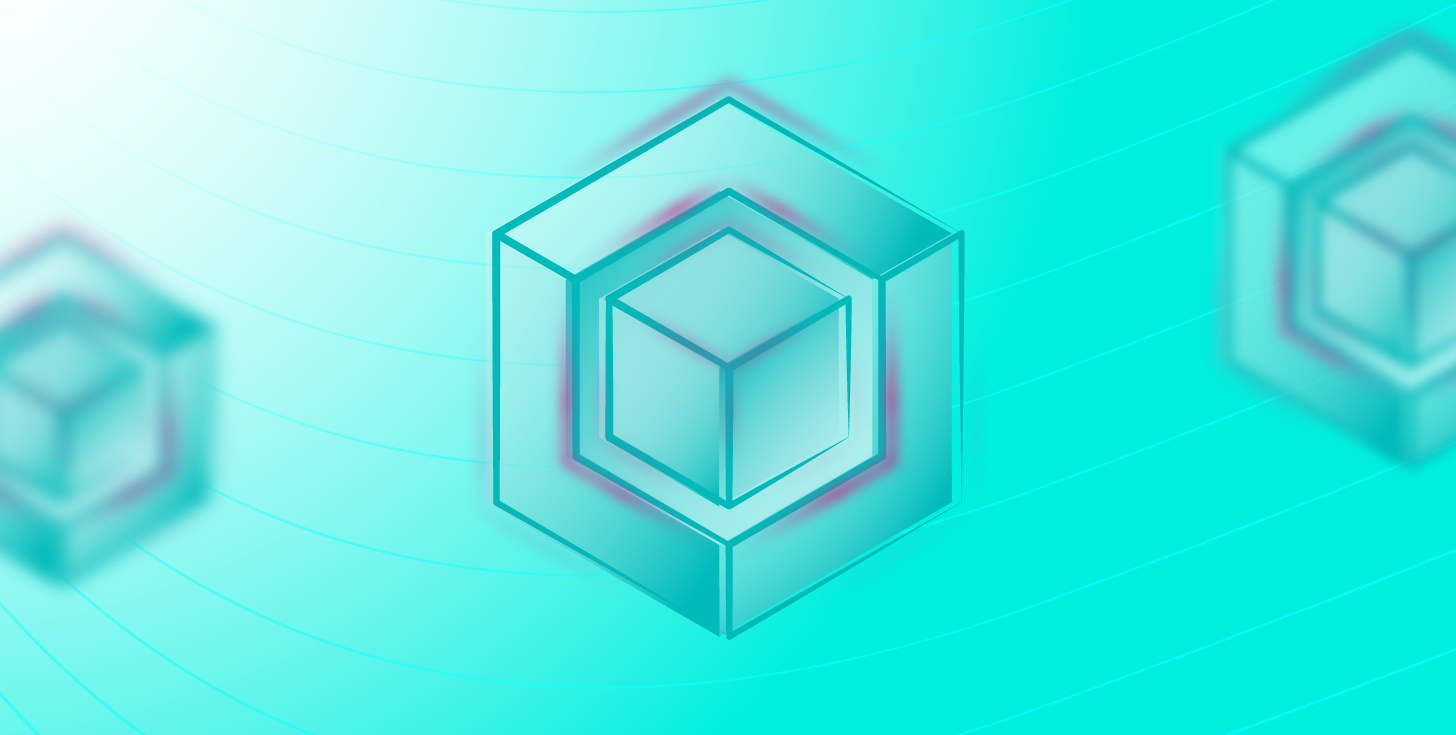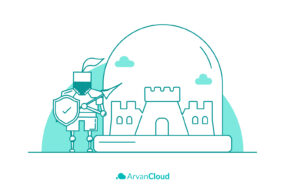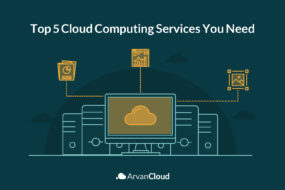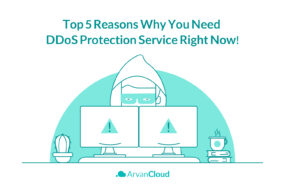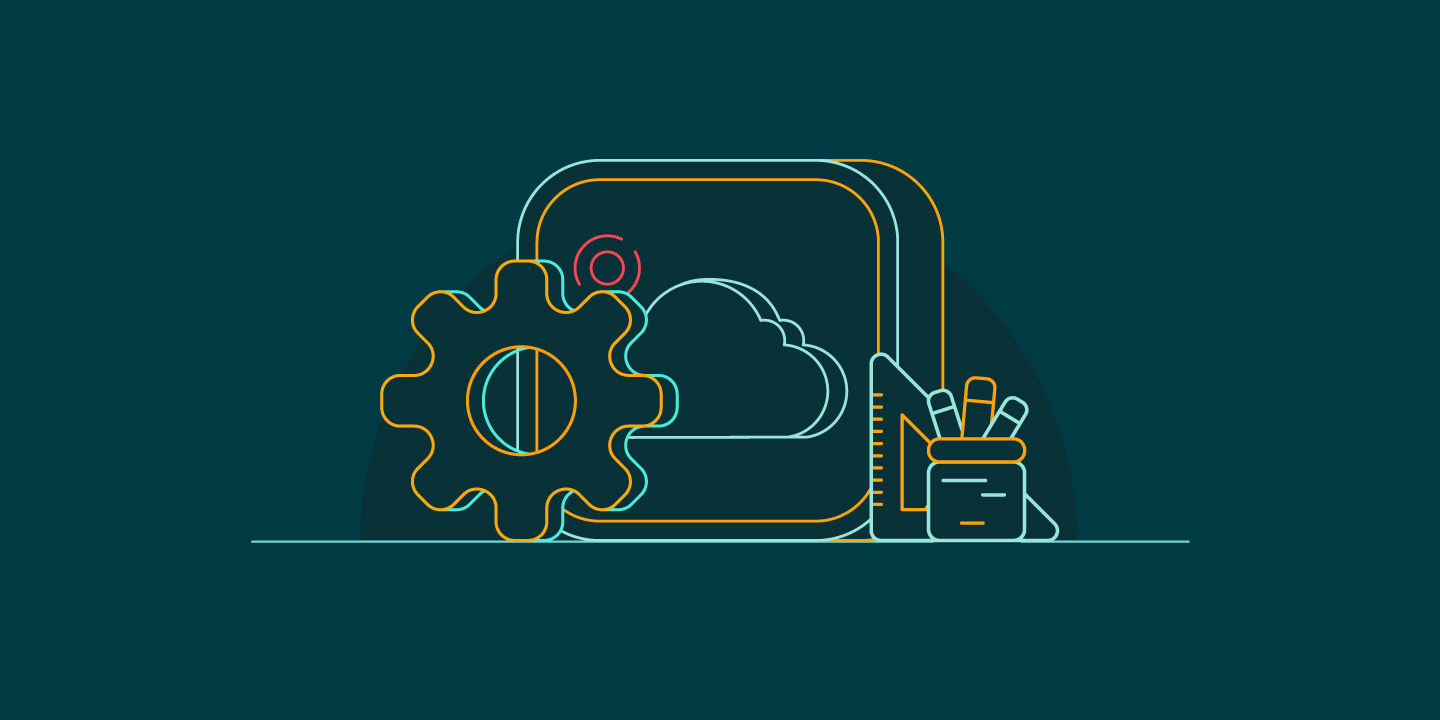
These days, with the increasing use of cloud services, new products are introduced on the cloud platform. These products can help businesses in different fields. One of these products is the Platform as a Service (PaaS).
In this article, we have tried to take an in-depth look at the concept of what PaaS is and how it differs from other services based on cloud technology. We will also examine the main features of this service and determine the advantages of using PaaS.
What Is PaaS?
Cloud platform or PaaS is a model in cloud computing where the service provider provides hardware facilities and tools requested by customers. With the help of the cloud platform, the concern of providing and setting up infrastructure, hardware, and software is solved.
In fact, PaaS is an environment for developing and uploading your programs in a cloud structure. Using PaaS you can implement from a simple program to very complex software on the cloud platform.
In other words, in the PaaS service, you, as a developer, can offer any program to your users, from a simple and small program to a complex enterprise application.
What Are the Types of PaaS?
PaaS is divided into three categories:
Public PaaS
Public PaaS allows the development team to manage the testing and deployment of their application. While the task of providing and managing all the necessary infrastructure, including server, operating system, storage, and database, is the responsibility of the seller of the cloud service platform.
Private PaaS
While the private cloud service platform provides PaaS facilities to the customer, it emphasizes the service’s uniqueness, bringing more security and compliance to the customer. Private PaaS runs on any infrastructure and works in the customer’s cloud.
Hybrid PaaS
A hybrid cloud service platform is a combination of public and private platforms; Therefore, this platform has the most flexibility and provides the benefits of both service platforms to the customer.
What Is the Use of PaaS?
Here is a list of the use cases of PaaS.
API Development and Management
PaaS developers can use the PaaS service to develop, implement, manage and secure application programming interfaces (APIs), including building new APIs, creating new interfaces for existing APIs, and managing APIs.
For example, we can mention the APIs provided on the Facebook service that developers can provide services to Facebook users by having this API available.
Database Management System
By using the cloud services platform, developers can host and manage their small and large databases on cloud services without getting involved with the required hardware and software.
Therefore, there will never be any concern about increasing the pressure on the server hosting the database. If necessary, the available resources of the database can be upgraded or reduced, which is one of the benefits of PaaS.
Web Hosting
Using web hosting services to make a website available is one of the most common and basic cloud computing services.
From a simple WordPress or Joomla website to large portals of government organizations, it is hosted on the cloud service platform without direct interaction with server hardware and middleware such as database management software using cloud web hosting services.
Unlike normal shared hosting services or dedicated and virtual servers, hardware limitations exist.
The development team can upgrade the available resources of the website, including storage space, RAM, and processor, at any time with just one click.
Providing Development Tools
With the development team benefiting from the cloud service platform, access to the latest version of the software design and development tool is provided. The need for any installation, setup, and configuration of the tool on the physical server is eliminated.
Therefore, developing, testing, and implementing the application will proceed at high speed, and the development team will not have to worry about managing the tools.
Geographical Distribution
PaaS is a cloud-based service that is accessible through an Internet connection. Therefore, all development team members can access the service and development tools from anywhere in the world, regardless of their location.
Therefore, the cloud service platform provides developers with the possibility of remote work. Each team member can connect to the development environment even while traveling by just connecting to the Internet and collaborating with other team members in the development and testing of the program.
Provide Analysis Tools
In addition to providing the development environment, most cloud service provider companies provide developers with valuable and complementary tools such as data analysis, business intelligence, and data mining. These tools allow organizations to analyze and extract their heavy data, find insights and patterns, and use the obtained results to improve investment return decisions, product design, etc.
Advantages of Using PaaS
In addition to the technical features and different needs that may encourage a business to use a cloud platform, there are other reasons for using this cloud solution. In this part of the article, we examine the most important advantages of using PaaS.
- Simplicity
There are many steps to provide a software product, of which product software development is only one part of it. Buying a server, preparing the infrastructure of servers and networks, and preparing the essential software of the servers, from the operating system to the database and load balancers, are all things that may not be seen in the first place. Several events can divert the focus from product development to maintaining servers and core services even after preparing the software development prerequisites; events such as server failure, lack of processing resources, or data loss due to disk burning.
In the PaaS product, you can entirely focus on your software development by removing all infrastructure and software maintenance concerns. All the steps needed to launch your product after developing the program can be done with just a few clicks on the panel or by running a few commands in the command line of your operating system. If the software is working correctly, you can be sure that your website or web service is always available and you will not experience any hardware errors. You can do so whenever you need to increase infrastructure resources with just one click or execution of a command.
- Cost-Effectiveness
One of the highest costs of developing a software product is maintaining it after it is launched. If you anticipate a lot of traffic on your service, you will most likely need to purchase servers in advance to handle this high traffic in the future. On the other hand, you need to hire an expert force to develop your infrastructure to prepare and maintain the servers.
- Scalability
Scalability is considered one of the most challenging and costly topics in software development, which can be discussed from two aspects:
1- Software Scalability
2- Infrastructure Scalability
For a software to be scalable, it is necessary to follow the best practices of software development. Many of these best practices are included in your software when using a PaaS product. You can also design your software in the best possible way by using PaaS training guides. On the other hand, in the discussion of scaling infrastructure resources, ArvanCloud’s Container Service provides you with the easiest possible way to increase resources on-demand. You can fully automate this using the Auto-Scale feature.
- Permanent Availability
Hardware errors are one of the most common events that can cause service disruptions after the launch of a software product. To solve this problem and ensure the constant availability of the service, you need to purchase several servers for it and confirm its availability by placing a Load-balancer and configuring it for continuous health checks of the service.
In the PaaS product, all these steps are performed entirely automatically, and you can be sure that no hardware error will stop the service of your product just by uploading your service. ArvanCloud’s extensive PaaS infrastructure and default Load balancing and Health-check implemented on all services can easily cover any hardware problems.
- Automated Processes
One of the most common procedures used in software product development is CI/CD. To implement this procedure, you need to install a Code Repository such as GitLab, or create and produce a Container Image, transfer the built app to your Production environment and run it.
Also, in the operational environment, it is necessary to continuously monitor the status of your service by configuring a supervisor, ensuring the availability of the software, and installing monitoring.
When using ArvanCloud’s Container Service, by using the Source to Image feature, you can perform all the steps from Source Code to complete the deployment of the software automatically. You can also connect your current CI/CD system to ArvanCloud’s PaaS and automatically implement the entire development to the deployment process.
- Usable for Everyone
The core of ArvanCloud’s PaaS product is based on Kubernetes and Open Shift, and all the APIs of this product are in accordance with the APIs of these two services.
If you currently use Kubernetes to manage your services infrastructure, you can migrate your infrastructure to ArvanCloud PaaS with minimal changes. Also, whenever you have a problem using the ArvanCloud products, you can solve your issues using the 24/7 ArvanCloud Support or the articles and guide videos on the website.
On the other hand, even if you only use Docker in your software production process, you will most likely not have to make many changes to migrate your infrastructure to ArvanCloud’s PaaS.
Two Famous PaaS Providers
Here we mention two famous examples of PaaS.
Microsoft Azure
Microsoft Azure is a deployment and development environment using the PaaS concept. By its very nature, Azure can support the entire web app development cycle, from build to deployment and beyond.
Azure also supports a wide variety of tools, languages, and frameworks. Developers who use it can access more than a hundred related services of a Microsoft cloud computing service.
Google App Engine
Google App Engine offers itself as part of the Google Cloud ecosystem. This service is considered a serverless PaaS with high scalability for rapid development. Being a giant, Google can provide competent servers that can handle almost any volume of queries.
However, some problems have been raised by the developers regarding this service. These include a partial lack of support in some language environments, a lack of development tools, inability to connect and play some programs.
Finally, if you are planning to use PaaS technology in your business or software projects, check ArvanCloud PaaS and sign up for one of the affordable free packages of this product.

